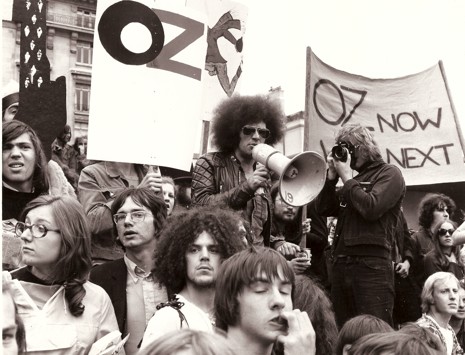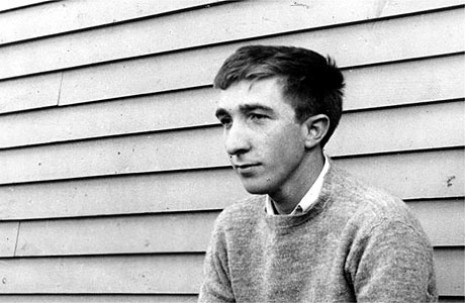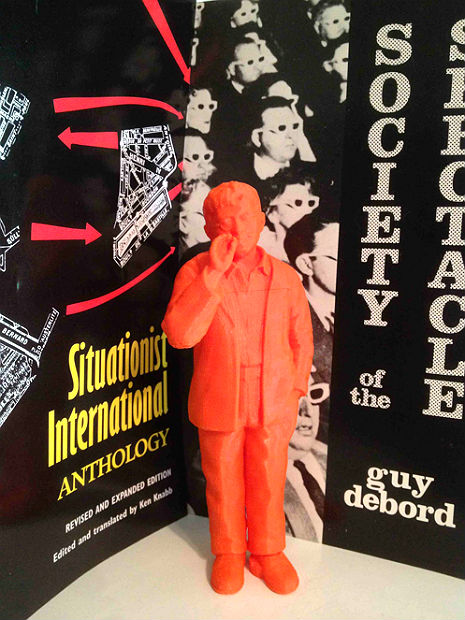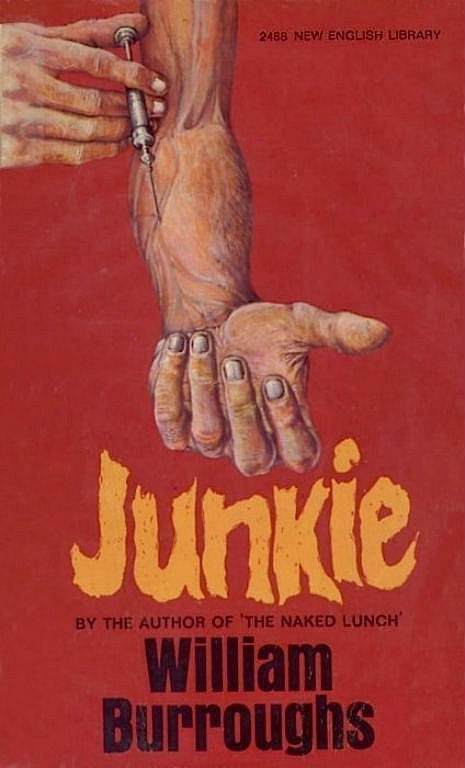
“This is British amphetamine psychosis music and if you don’t like it you can fuck off and listen to your Iron Butterfly albums”—Mick Farren
It is with great sadness that I report the death of my friend, Mick Farren, the legendary author, novelist, journalist, leader of The Deviants and prime mover of the counterculture for five decades. A wake in London is being organized in London by Charles Shaar Murray. There’s going to be a wake in Los Angeles next Saturday, at 3pm, at The Cat & Fiddle on Sunset Blvd.
A few years back, on this blog, in a review of Rich Deakin’s excellent book, Keep It Together!: Cosmic Boogie with The Deviants and the Pink Fairies, I wrote:
The Deviants were the first British band who were true anarchists. “Street Fighting Man” was just a fashionable pose, these guys lived and snorted their politics. Agitprop bands like The Clash, Crass and Manic Street Preachers would most definitely tread in their ideological footsteps, whether conscious of it or not.
I also returned to Mick Farren’s autobiography, Give The Anarchist A Cigarette and spent some time looking over the issues of The International Times that are online. When I was in my teens, maybe 15 or 16, I found a whole stack of old issues of IT (which Farren wrote for) in a used bookstore where I’d normally buy back issues of National Lampoons, comics, Rolling Stone and Creem. How they got there, I will never know, but Mick Farren’s political rants and commie/anarchist screeds really resonated with me. Finding these underground papers demonstrated for me the existence of a world outside my hometown—an underground—that I had to become a part of myself. It was an amazing score for a kid like me, as you might imagine and I would read then over and over again. I’m sure that stack of mags had a lot to do with me picking up and leaving home when I was 17 and moving to London, where I lived in a succession of squats for a couple of years. Reading Keep It Together, I became much more aware of what a big influence Mick Farren had on me politically during my formative years and that influence, I think was major. Extremely important to me, thinking back on it. (Whenever I see that one of my own political rants makes it to Mick’s Doc 40 blog, I always get a kick out of it).
At that same time, I was also a subscriber to The Trouser Press, the “New Wave” and post-punk magazine, and Mick wrote a lot of each issue. Via that publication—which I would patiently wait by the mailbox for, psychically willing it to show up—he was probably the rock writer second only to the great Lester Bangs in turning me on to good music.
If ever there was a figure of 20th century counterculture who should be lionized and treated as a respected and revered elder statesman whilst he is still with us, it is the one and only Mister Mick Farren. Farren left sunny Los Angles to return to the UK late last year. People of Great Britain, a legend drinks amongst you! Where the hell is Mick Farren’s Guardian column already? Come on let’s pick up the pace.
Mick told me that he didn’t want to die in America and who could blame him? You know the old adage, “It’s not the age of the car, it’s the mileage”? Well, there was a helluva lot of mileage on Mick’s body. In earth years he was 69, but if you take into account all of the life lived that was crammed into those decades—and all the pounds of drugs and thousands of gallons of alcohol that have coursed through his liver and bloodstream—he was probably twice that old in real terms. In my entire life, I’ve only ever known one single solitary person who could drink with more two-fisted gusto than Mick. The guy partied with Lemmy, for chrissakes! The last time I saw Mick, right before he left Los Angeles in 2010, he could barely breathe. Walking even a short distance completely winded him.
A few years ago, the matter of Mick’s precarious health came up in conversation with a mutual friend. We both wondered how in the world he could make it through the length of an entire Deviants gig, but the conversation ended with the two of us agreeing that we both hoped he’d die onstage.
Mick Farren died last night in London after collapsing onstage at a Deviants gig at the Borderline.
He died with his boots on. Like a rockstar.
Goodbye Micky, you were truly one of the greats.

As intense as the MC5 and The Stooges and as irreverent as The Fugs, here are The Deviants, LIVE:













